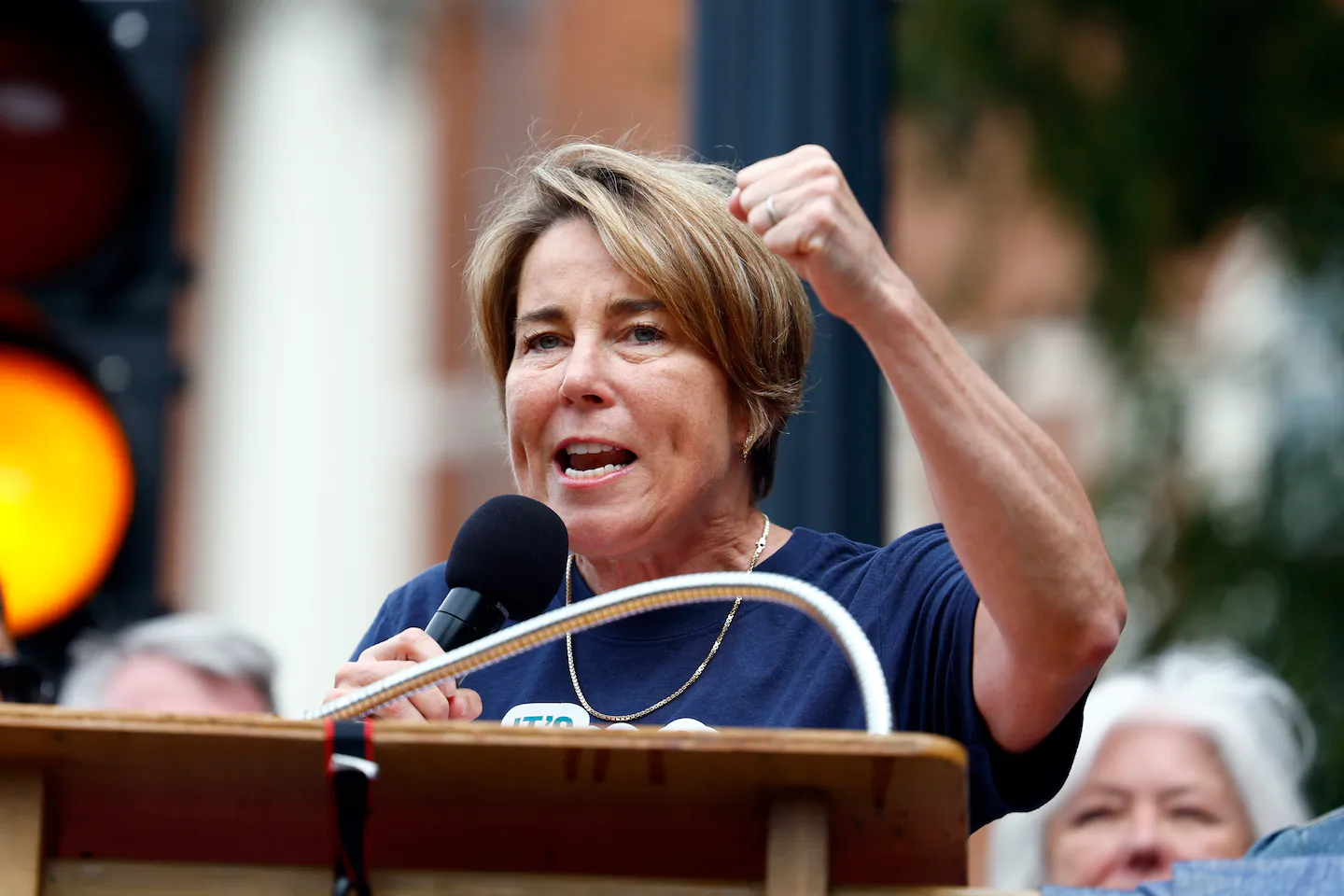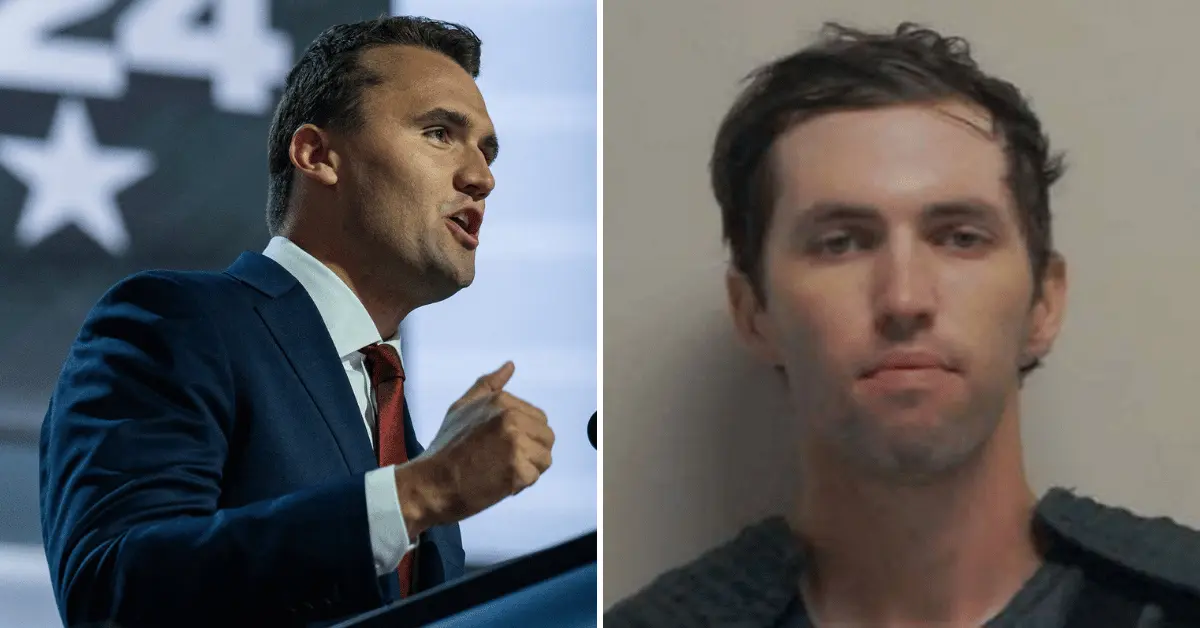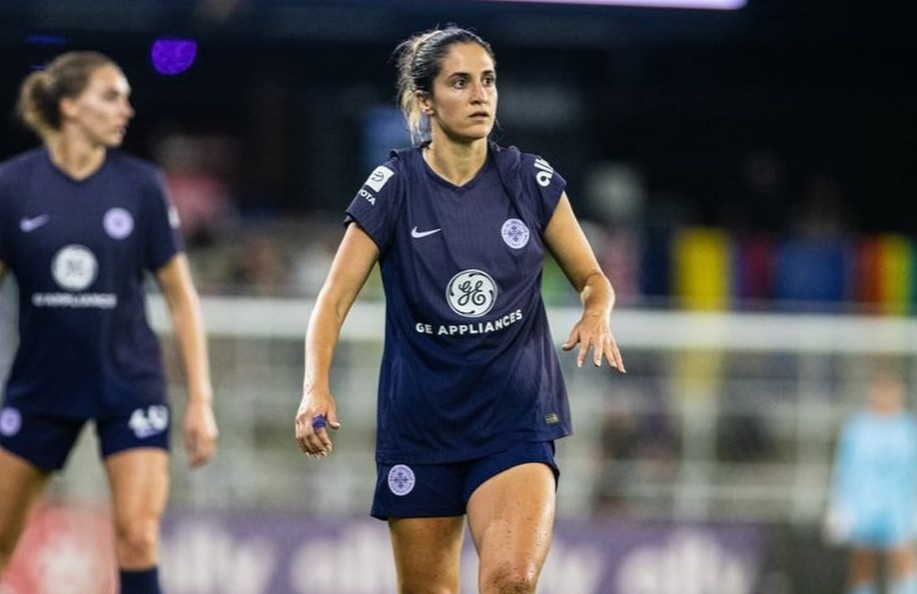
Healey handed the bill to state lawmakers in late July. But now that they’re back in the State House in full force after Labor Day, they aren’t showing any sign of rushing to adopt it.
Aaron Michlewitz, chair of the House Ways and Means Committee, said House leaders are taking a cautious approach to overall spending, particularly given the uncertainties around Medicaid support and other federal funding, and are waiting to see a tally of the state’s September tax revenues, at least.
We’re in an era, Michlewitz says, where just about everything coming before his committee is urgent; it’s not just research funds getting squeezed. (Case in point: The Legislature just passed a supplemental budget with $199 million for hospitals that are heavily reliant on government-subsidized insurance, and another $35 million for health centers.)
Meanwhile, Senate leaders say they’re not ready to comment about the DRIVE bill, which has been referred to the economic development committee for a future public hearing, likely in October.
Healey’s finance team structured the bill to minimize its impact on the state’s general budget. DRIVE would shift $200 million from interest collected on the state’s rainy day fund to a new pot of money established to help nonprofit research institutions weather the current storm. The rest of the money, another $200 million, would be collected from the new income-tax surcharge on high-earners, also known as the “millionaires tax,” and send it to public universities, primarily the UMass Chan Medical School in Worcester and UMass Amherst. This would be a one-time, multi-year infusion of cash; the Healey administration also is looking to establish a “catalyst fund” to accept and distribute private philanthropic money for these purposes, via the quasi-public agency MassDevelopment.
Some ideas are already being tossed around to help ease DRIVE’s cost, such as only focusing on public universities, or ensuring the state can share in any research profits.
The situation may not be as dire as it was a few months ago, as court actions restore some research funding and grant-making activity picks up again at the National Institutes of Health. Still, there are worrisome signs of the federal funding slowdown under the Trump administration.
Harvard Medical School’s dean just announced the school will need to cut research spending by 20 percent by the end of its current fiscal year, though it has used backup funds to stave off worse cuts.
Among public universities, UMass Chan chancellor Michael Collins is watching Washington on a daily basis, hoping he doesn’t have to make more staff cuts beyond the nearly 200 positions he cut through furloughs and layoffs earlier in the year. UMass Chan originally planned on $415 million in research spending this fiscal year, compared to $349 million last year, a figure that was supported by nearly $200 million in National Institutes of Health funds. Now, it’s still not clear whether UMass Chan will even catch up to last year’s funding levels.
And Collins’s counterparts at UMass Amherst have had to cut its new enrollments in doctoral programs this fall by 26 percent from a year ago, with federal research funding falling about $30 million short of last year’s levels.
On Sept. 9, the Association of Independent Colleges and Universities in Massachusetts sent a letter to the two co-chairs of the Legislature’s economic development committee, underscoring how essential research funding is to the state’s economy. AICUM president Rob McCarron cited a recent UMass Donahue Institute report showing Massachusetts receiving more than $8 billion a year in federal R&D funding — a once-constant deluge of money that’s now at risk.
Collins has been speaking up about the need for speed. Without a swift resolution to the DRIVE debate, Collins says, Massachusetts risks losing a generation of scientists to rivals in other countries.
Or maybe other states. In California, state lawmakers just proposed a 2026 ballot question that would call for borrowing billions to help pay for research efforts at public and private universities in light of the federal cutbacks.
In pushing DRIVE, Healey is hoping to play defense against the research cuts in Washington. But she’s also hoping to play offense. Maybe this task force — sorry, Acceleration Team — can come up with new long-term models for research funding. And perhaps more importantly, this flurry of attention can send a signal far and wide that Massachusetts leaders will continue to embrace and support the research sector, much like they did in 2008 by adopting a subsidy package for life sciences (including grants for UMass Chan and UMass Amherst).
At the time, it took state lawmakers about a year to act on a $1 billion package proposed by then-governor Deval Patrick. While some have grumbled about the costs over the years, it’s hard to argue with the eventual success. If Greater Boston wasn’t the biotech sector’s global epicenter back then, it certainly is today — though that supremacy, too, is now under threat.
Now, Healey is pushing legislative leaders for similar action, though at a faster clip. From Healey’s perspective, passage of DRIVE can’t come soon enough.



